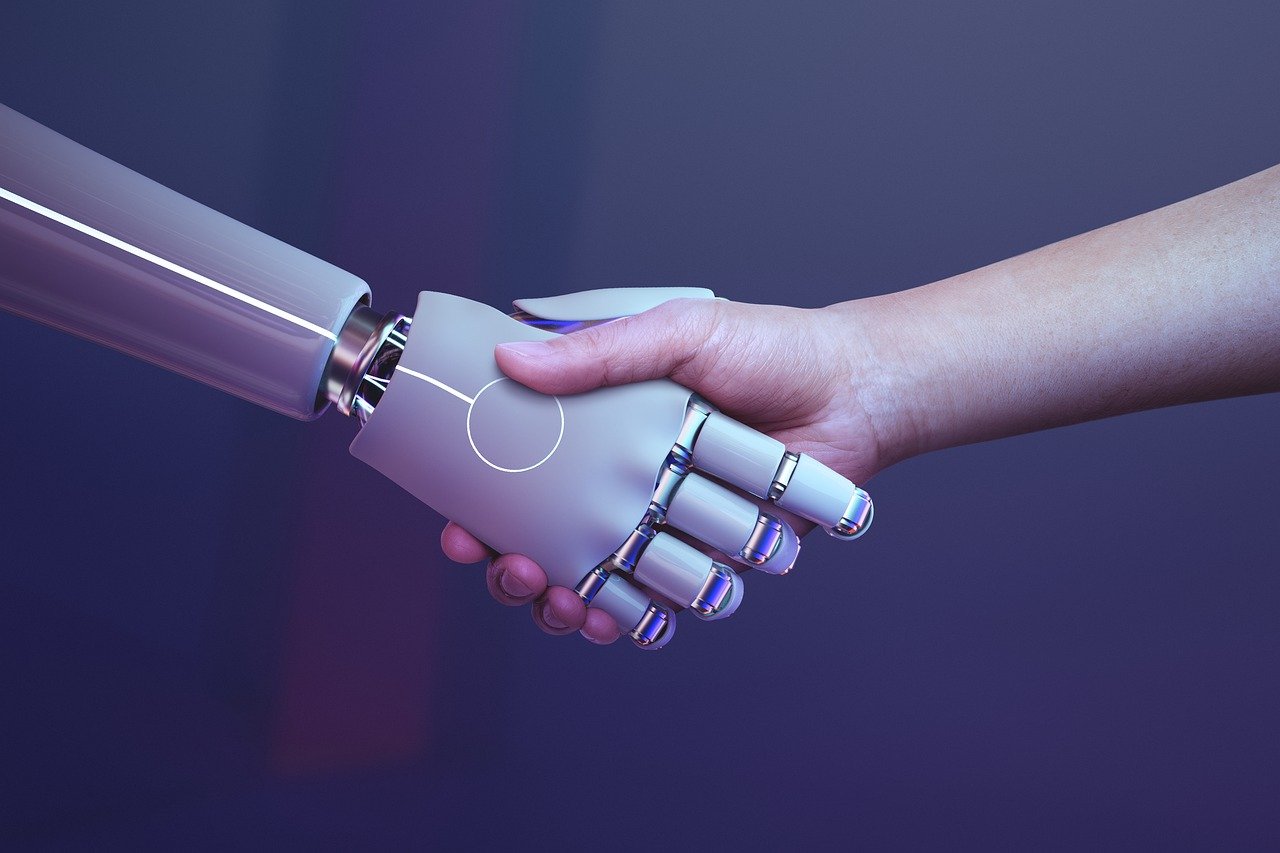This month, we take a look at one possible application of Artificial Intelligence: the humanoid robot. While robots have long existed in industry, for example on automobile production lines, robots capable of emulating our appearance, our movements, our actions and, to a certain extent, our intelligence are far fewer. However, as detailed in this month’s Fund Insight, in the next few years, they could be far more numerous than they are at present in the industrial world… and, in time, clearly visible in our everyday world…
ROBOTS HAVE BEEN WITH US FOR OVER 60 YEARS!
In the first film of the “Star Wars” saga, released in 1977, two robots in particular¹ were important characters. However, real robots (i.e. not actors in metal suits) first appeared in production factories well before that : in the 1960s. These precursors have obviously been improved since then, enabling them to be used in a wide range of industries. Due to their size and power, which pose safety risks for the human workers with whom they cohabit assembly lines, these industrial robots are often placed in caged areas. However, technological advances (in particular, the ability to locate itself and move around using sensors) mean that cooperative industrial robots (abbreviated to “cobots”) are now widespread. Smaller and, above all, less expensive than the fixed robots already present on production lines, they can accompany and help workers and handlers in the factory.
Today, industrial robots are a key element in the ongoing advent of the industrial Internet, i.e. the marriage of production equipments and data, and its programmed evolution: enrichment of the data used, enhanced communications between robots in the same plant, and even with suppliers’ equipment and databases, etc. This roadmap is commonly referred to as “Industry 4.0”.
HUMANOID ROBOTS ARE LESS WIDESPREAD, BUT THEY ALREADY EXIST!
Humanoid robots share more than just their physical appearance with humans. They are also designed to mimic our behavior, making it easier to interact with them. Their vocation is to help humans and to be (more or less) autonomous in their functions, which primarily include tiring, repetitive, dirty and even dangerous tasks. Humanoid robots should therefore be of great use in assisting humans in factories and warehouses, but also in more hostile environments (e.g. in space).
Eventually, they will be found in greater numbers than today in retail outlets, hotels and restaurants, hospitals and nursing homes, parking lots, etc.
Indeed, their targeted characteristics (appearance and mobility in particular) should multiply the opportunities for interaction with a growing number of humans, with the target audience no longer limited to the workers and technicians of a given factory.
Such humanoid robots already exist, having been developed by various companies on several continents So this is not an isolated attempt. Examples include Optimus (built by Tesla), Asimo (Honda), Atlas (Boston Dynamics), Digit (Agility Robotics), Ameca (Engineered Art), etc.
Artificial Intelligence is at the heart of the development of efficient, credible humanoid robots. In fact, it is helping to turn them into highly useful assistants, capable of tackling complex situations. In particular, Generative AI provides for a very significant acceleration in the improvement of humanoid robots, via:
- Understanding: natural language processing tools enable humanoid robots to better understand human commands;
- Learning: Generative AI accelerates a robot’s ability to learn. For example, instead of linear learning as used in “old” robots (e.g. “to pick up an object from the ground, you first have to bend down, then reach out, etc.”), Generative AI will teach the robot to guess the most appropriate sequence of actions by forcing it to make several attempts, from which it will learn until it finally succeeds;
- Emotion management: integrating AI into a humanoid robot enables it to identify the emotions of the humans it interacts with and react accordingly.









